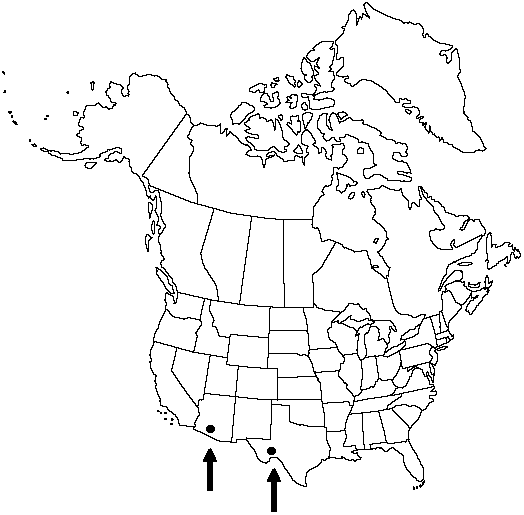Difference between revisions of "Dryopteris cinnamomea"
Amer. Fern J. 1: 95. 1911.
FNA>Volume Importer |
imported>Volume Importer |
||
| (2 intermediate revisions by 2 users not shown) | |||
| Line 51: | Line 51: | ||
|publication year=1911 | |publication year=1911 | ||
|special status= | |special status= | ||
| − | |source xml=https:// | + | |source xml=https://bitbucket.org/aafc-mbb/fna-data-curation/src/2e0870ddd59836b60bcf96646a41e87ea5a5943a/coarse_grained_fna_xml/V2/V2_498.xml |
|genus=Dryopteris | |genus=Dryopteris | ||
|species=Dryopteris cinnamomea | |species=Dryopteris cinnamomea | ||
Latest revision as of 20:23, 5 November 2020
Leaves monomorphic, green through winter, 22–50 × 6–12 cm. Petiole 1/4 length of leaf, scaly at least at base; scales scattered, cinnamon-colored. Blade light green, deltate-ovate, 3-pinnate-pinnatifid, herbaceous, not or sparsely glandular. Pinnae in plane of blade, narrowly deltate-lanceolate to deltate-oblong, narrowed to elongate, serrate tip; basal pinnae deltate-oblong, somewhat reduced, basal pinnules shorter than adjacent pinnules, basal basiscopic pinnule longer than basal acroscopic pinnule; pinnule margins serrate. Sori near sinus. Indusia lacking glands.
Habitat: Rock outcrops
Elevation: 400–2600 m
Distribution

Ariz., Tex., Mexico.
Discussion
Dryopteris cinnamomea belongs to the D. patula complex of Mexico and Central America, which is poorly understood. Arizona material of D. cinnamomea has been misidentified as D. patula, according to J. T. Mickel and J. M. Beitel (1988).
Selected References
None.